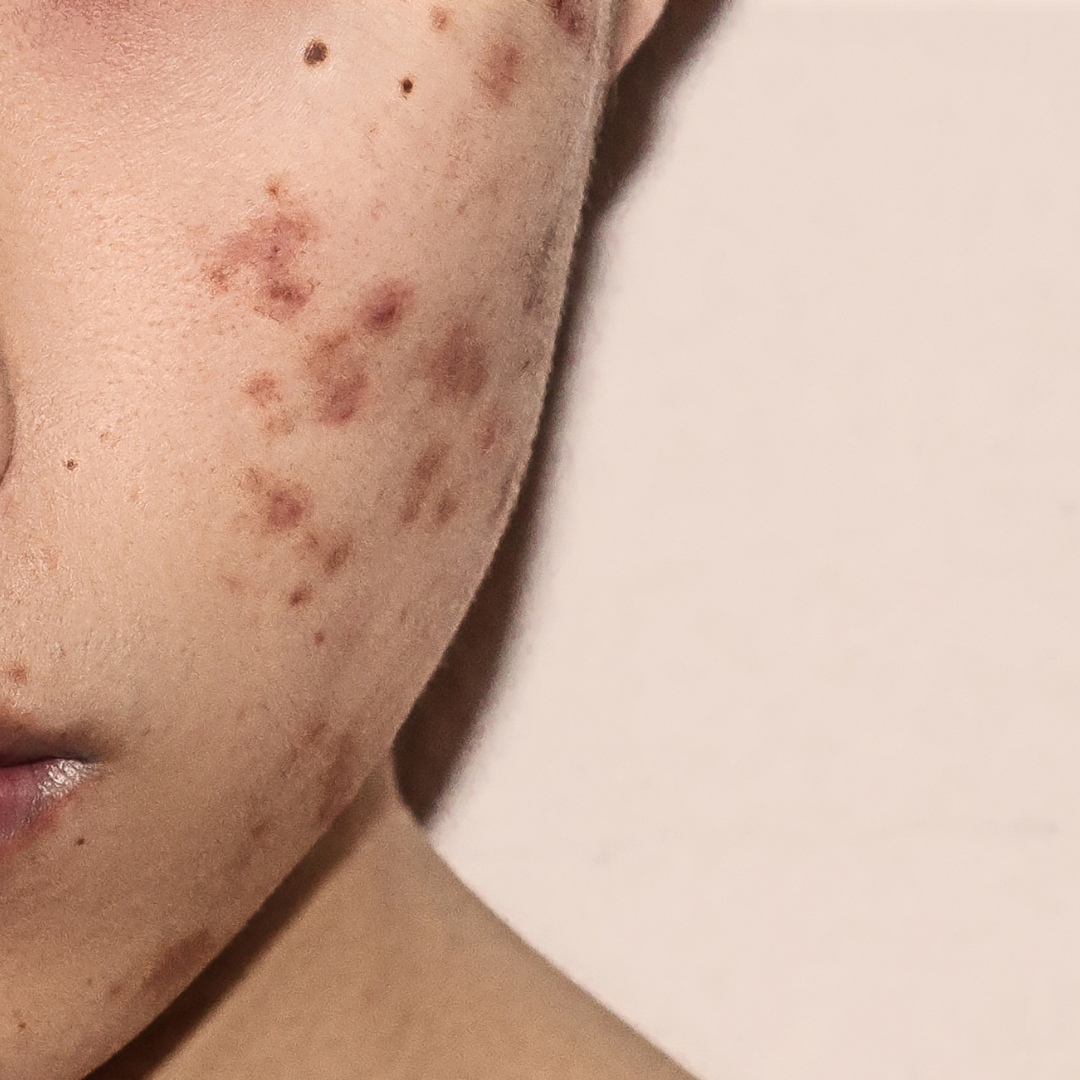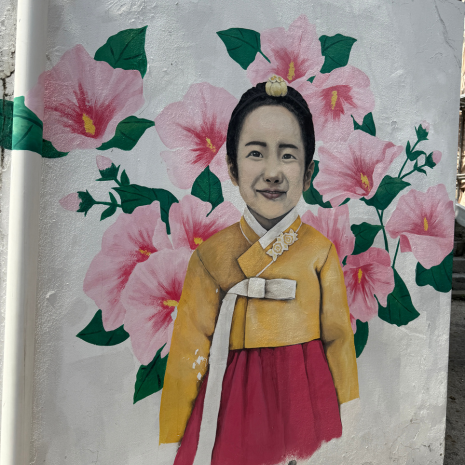Post-inflammatory erythema is a type of dermal erythema that results from superficial vascular damage following inflammation or trauma. Unlike post-inflammatory hyperpigmentation (PIH), which is pigment-based and typically brown or gray due to melanin deposition, PIE manifests as pink, red, or purplish macules and is caused by dilation or damage to the superficial capillaries in the papillary dermis.
These vascular changes are most common in individuals with lighter skin tones (Fitzpatrick I–III), where erythema is more visible, although PIE can occur in all fitzpatricks. The condition represents an abnormal response in microcirculation—when inflammation subsides, the capillaries should constrict and return to baseline. However, in PIE, these vessels remain dilated, fragile, or even broken, creating persistent erythema.
How PIE Develops: The Inflammatory Cascade
The pathophysiology of PIE begins with an inflammatory "injury"—most commonly acne, extractions, burns, or excessive exfoliation. In response, the skin activates the innate immune system, releasing cytokines like interleukin-1 (IL-1) and tumor necrosis factor-alpha (TNF-α), which increase vascular permeability and promote vasodilation to facilitate immune cell migration.
This vasodilation is a normal part of wound healing. However, when inflammation is prolonged or poorly resolved—due to picking, repeated trauma, or barrier dysfunction—the vasculature may not normalize. Over time, the repeated dilation can lead to vascular stasis or capillary damage, resulting in persistent redness even after the initial inflammation has cleared.
Identifying PIE accurately is essential for designing effective treatment plans. Here’s how to differentiate it:
-
Color: Pink to red (or even purplish), versus the brown hues of PIH
-
Texture: Completely flat, unlike raised papules or nodules
-
Location: Most commonly seen on the cheeks, temples, chin, and chest—areas prone to acne and sun exposure
-
Symptoms: Not inflamed or painful to touch; the redness may become more pronounced with heat or exertion
-
Blanching: Often blanches under pressure, indicating vascular involvement rather than melanin deposits
It's also important not to confuse PIE with telangiectasia (broken capillaries), which present as linear or thread-like vessels, or with active acne lesions that are inflamed and raised.
Treating PIE requires a dual focus on vascular regulation and barrier restoration. This condition will not respond to melanin-suppressing actives alone, as the redness is not pigment-based. The following ingredients and modalities have been shown to help:
-
Niacinamide (Vitamin B3): Inhibits inflammatory cytokines, supports epidermal barrier function, and reduces dermal vasodilation.
-
Azelaic Acid: Exhibits anti-inflammatory and anti-angiogenic effects; reduces abnormal vascular responses in the dermis.
-
Centella Asiatica (Cica): Enhances fibroblast activity, accelerates wound healing, and strengthens vascular walls.
-
Vitamin C (Ascorbic Acid): Promotes collagen synthesis, reduces oxidative stress on capillaries, and supports endothelial integrity.
-
EGCG (Green Tea Extract): A potent polyphenol that reduces inflammation and oxidative damage within microvascular networks.
-
Licorice Root Extract (Glabridin): Offers anti-inflammatory and vasoprotective benefits. Check out Corthe's Brightening Cream
-
Allantoin + Panthenol: Calm and hydrate the skin, minimizing irritation and supporting regeneration.
-
Pulsed Dye Laser (PDL) and Intense Pulsed Light (IPL): Target oxyhemoglobin in dilated vessels, leading to selective photothermolysis of the affected capillaries.
-
LED Light Therapy (Red/Infrared): Enhances ATP production, encourages vascular repair, and promotes anti-inflammatory healing cascades.
Preventing PIE - Barrier First, Always
A large part of managing PIE is preventative. Helping your clients reduce the frequency and severity of inflammation will go a long way toward avoiding vascular damage in the first place. Recommendations include:
-
Limit aggressive treatments when skin is already inflamed (e.g., peels, microdermabrasion, strong actives)
-
Prioritize barrier repair before exfoliation or actives: think ceramides, fatty acids, and humectants
-
Sun protection: UV exposure exacerbates vascular dilation and interferes with skin recovery
-
Avoid heat triggers such as steam, hot yoga, or saunas while PIE is present
-
Use antioxidant-rich skincare to protect from environmental triggers and support dermal microvascular health
Post-inflammatory erythema is a complex, vascular condition that requires a nuanced understanding of skin physiology. By recognizing PIE not just as a cosmetic concern but as a marker of unresolved dermal inflammation and capillary dysfunction, you can create more targeted and effective treatment strategies.



